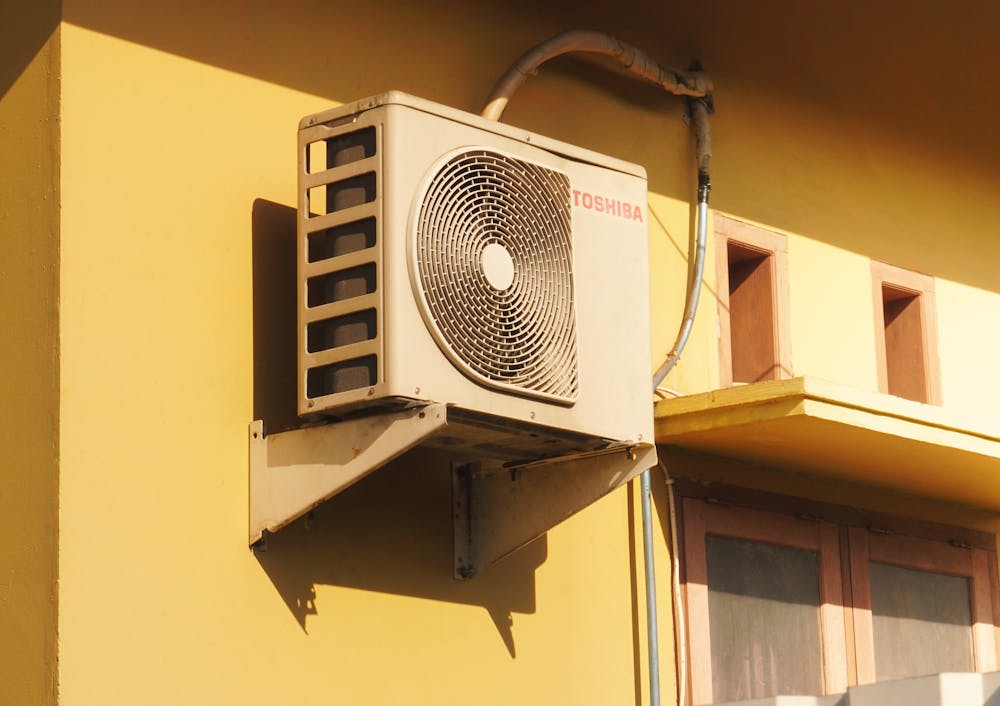Air conditioning systems have become a necessity in modern homes, providing relief from the scorching heat of summer and maintaining a comfortable indoor environment. Among the various types of air conditioning systems available, mini split air conditioners and traditional central air conditioners are two popular choices. While both systems serve the same purpose, their repair and maintenance processes differ significantly. Understanding these differences is crucial for homeowners to make informed decisions about their cooling systems and ensure they receive the best possible service when repairs are needed.
Understanding Mini Split Air Conditioners
Mini split air conditioners, also known as ductless air conditioners, consist of an outdoor compressor unit and one or more indoor air handling units. These units are connected by refrigerant lines and electrical wiring. Mini splits are popular for their energy efficiency, flexibility, and ease of installation. Unlike traditional central air conditioning systems, which rely on ductwork to distribute cooled air throughout the home, mini splits deliver air directly into individual rooms or zones. This allows for more precise temperature control and can lead to significant energy savings.
Understanding Traditional Central Air Conditioners
Traditional central air conditioners use a single outdoor compressor unit connected to an extensive ductwork system that distributes cooled air throughout the home. The indoor component, typically an evaporator coil, is usually located in the basement, attic, or utility closet. Central air conditioners are known for their ability to cool large areas efficiently and maintain a consistent temperature throughout the home. However, they can be less energy-efficient due to potential air leaks and loss of cooled air through the ductwork.
Differences in Repair and Maintenance
One of the primary differences between repairing a mini split air conditioner and a traditional central air conditioner is the complexity of the systems. Mini splits have fewer components and no ductwork, making them generally easier and quicker to diagnose and repair. However, their compact design and advanced technology require specialized knowledge and tools that not all HVAC technicians possess. It is essential to hire a technician experienced in working with mini splits to ensure proper diagnosis and repair.
On the other hand, traditional central air conditioners have more components and a complex network of ducts, which can make troubleshooting and repairs more time-consuming. Technicians must inspect the entire system, including the ductwork, to identify and fix issues. This comprehensive approach can be more labor-intensive and costly, but it ensures that all potential problems are addressed, leading to more reliable performance.
Repair Costs and Availability of Parts
Another significant difference between repairing mini split air conditioners and traditional central air conditioners is the cost and availability of parts. Mini splits often use proprietary components that can be more expensive and harder to find than parts for traditional systems. This can result in higher repair costs and longer wait times for parts to be ordered and delivered. Homeowners should be aware of this potential drawback when choosing a mini split system.
Conversely, parts for traditional central air conditioners are generally more readily available and less expensive. These systems have been around for decades, and many manufacturers produce compatible components. This widespread availability can lead to quicker and more affordable repairs, making central air conditioners a more cost-effective option in some cases.
Energy Efficiency and Long-Term Savings
One of the main advantages of mini split air conditioners is their energy efficiency. Because they deliver cooled air directly to individual rooms or zones, there is no energy loss through ductwork. This direct delivery method allows for more precise temperature control and can result in significant energy savings over time. Additionally, many mini split systems are equipped with advanced features such as variable speed compressors and smart controls, further enhancing their efficiency.
While traditional central air conditioners may not be as energy-efficient as mini splits, they can still provide significant savings when properly maintained. Regular maintenance, such as cleaning or replacing filters, checking refrigerant levels, and inspecting ductwork for leaks, can help optimize the system’s performance and reduce energy consumption. Homeowners should consider the long-term savings potential of both systems when deciding which type of air conditioner to install and maintain.
Ease of Installation and Repair
Mini split air conditioners are known for their ease of installation compared to traditional central air conditioners. Because they do not require ductwork, mini splits can be installed in homes without existing ducts or in new additions where extending the existing ductwork would be impractical. This flexibility makes mini splits an attractive option for many homeowners. Additionally, their modular design allows for easier access to components, making some repairs simpler and less invasive.
In contrast, installing or repairing a traditional central air conditioner often requires extensive work on the home’s ductwork system. This can involve cutting into walls, ceilings, or floors to access ducts, which can be disruptive and costly. However, for homes with existing ductwork, repairing or replacing a central air conditioner may be more straightforward and less expensive than installing a new mini split system.
Professional Expertise and Service
When it comes to repairing mini split air conditioners, finding a qualified technician with experience in ductless systems is crucial. Mini splits use advanced technology and require specific knowledge and tools for proper diagnosis and repair. Homeowners should seek out HVAC professionals who are certified and trained to work with mini split systems to ensure the best possible service.
For traditional central air conditioners, most HVAC technicians have extensive experience working with these systems due to their widespread use. This familiarity can lead to quicker diagnosis and repair times, as well as more competitive pricing. Homeowners should still seek out reputable and certified professionals to ensure their central air conditioner is serviced correctly and efficiently.
Conclusion
Understanding the differences between repairing mini split air conditioners and traditional central air conditioners is essential for homeowners to make informed decisions about their cooling systems. While mini splits offer energy efficiency, ease of installation, and precise temperature control, their advanced technology and specialized components can result in higher repair costs and longer wait times for parts. Traditional central air conditioners, with their more complex systems and ductwork, may require more extensive repairs but offer more readily available and affordable parts.
Homeowners should weigh the pros and cons of each system and consider factors such as energy efficiency, long-term savings, ease of installation, and repair costs when choosing an air conditioning system. Regardless of the type of system, regular maintenance and professional service are crucial to ensuring optimal performance and longevity. By understanding the unique needs of mini split and traditional central air conditioners, homeowners can make the best choices for their comfort and budget.



